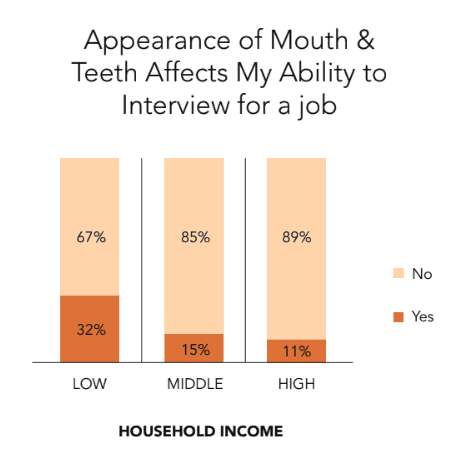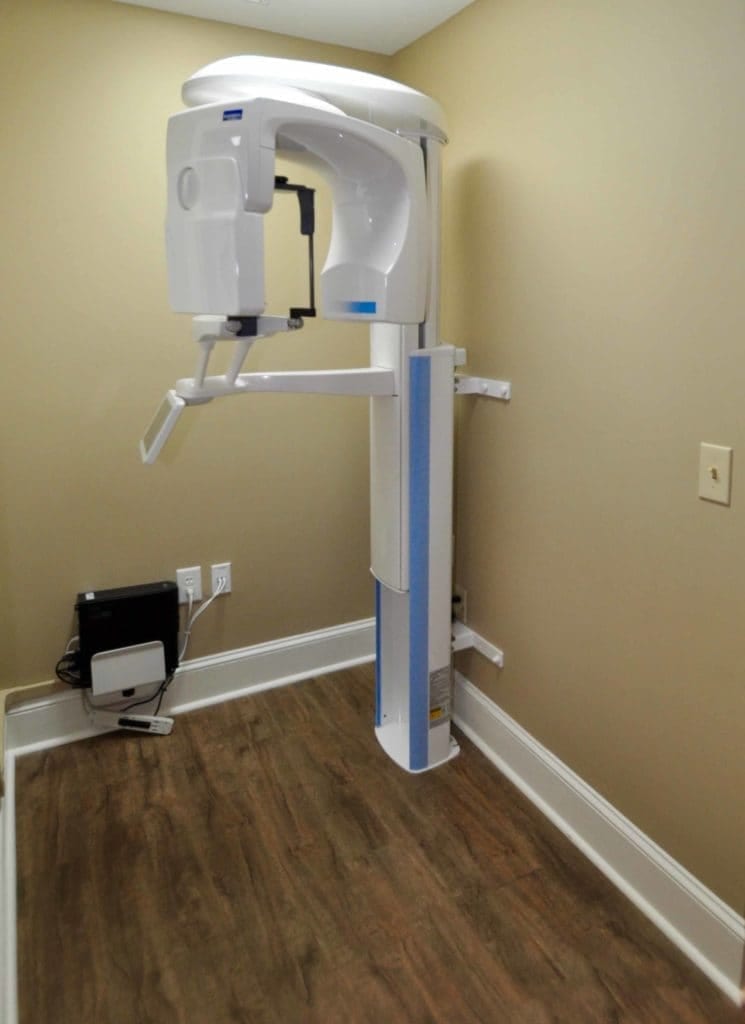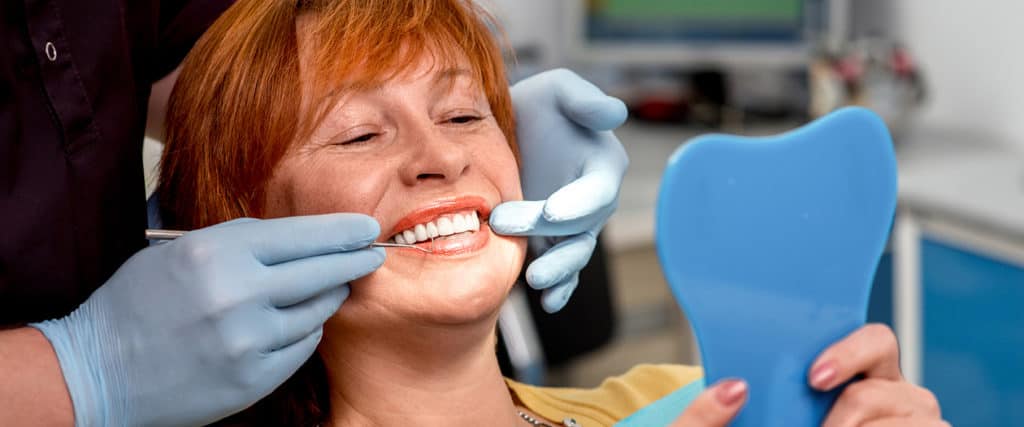Invisalign for the Over-50 Crowd
Smart Seniors Are Holding Onto Their Real Estate—And Their Teeth!
Think braces are just for teenagers? Think again. Today’s confident, active adults—and yes, even grandparents—are turning to Invisalign to perfect their smiles without the hassle of metal brackets. Whether you’re looking to boost your confidence, improve your bite, or just want to look as young as you feel, Invisalign offers a nearly invisible, comfortable solution. Dr. Adam Brown, a seasoned expert in adult and senior orthodontics, understands the unique dental needs of mature patients and delivers personalized care that combines health, beauty, and function. Your smile is one of your greatest assets—why not make it one you’re proud to share?

Invisalign: Why Adults Are Joining the Smile Revolution
Braces aren’t just for kids anymore. In fact, nearly 20% of orthodontic patients today are adults, a number that’s steadily growing. More and more people over 18 are realizing that straight teeth aren’t just about a pretty smile—they’re essential for long-term oral health. Misaligned teeth can lead to uneven wear, jaw discomfort, and trouble keeping certain areas clean, increasing the risk of decay and gum disease.
For adults seeking a low-profile solution, Invisalign offers a clear advantage—literally. These transparent aligners are almost invisible when worn and can be removed during meals or while brushing and flossing, making them both practical and discreet. That convenience makes Invisalign especially attractive to adults who want to improve their smiles without drawing attention to the process.
A Proactive Approach to Aging Teeth
It’s natural for teeth to shift over time, even if you had braces when you were younger. As the years go by, you might notice crowding or overlapping that wasn’t there before. These subtle shifts can make it harder to clean between teeth, setting the stage for plaque buildup, cavities, and gum disease. Dental work like crowns or bridges can also unintentionally affect how your teeth align.
That’s where Invisalign comes in. By gently guiding your teeth back to better positions, it supports not only a straighter smile but also easier daily hygiene. For many adults, choosing Invisalign is a smart move—helping them avoid more invasive dental treatments down the road and protect their oral health for the future.
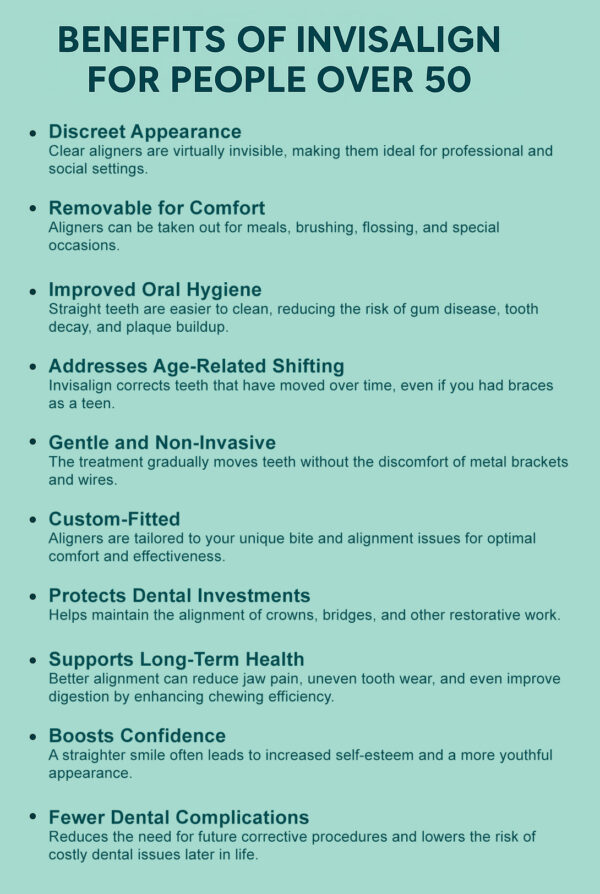
The Confidence That Comes With a Great Smile
A beautiful smile can do more than improve your appearance—it can boost your confidence and help you feel more vibrant and youthful. In fact, people with straight teeth are often viewed as healthier, more approachable, and even more successful. Many adults find that later in life is the perfect time to focus on their smile, as they now have the freedom and resources to invest in themselves.
Thanks to Invisalign, this transformation doesn’t have to come with the awkwardness of traditional metal braces. The clear aligners are subtle enough for professional and social settings, allowing you to go about your day while working discreetly on your smile. It’s a modern solution that fits seamlessly into adult life.
Protecting Your Investment: Why Aftercare Matters
Finishing Invisalign is a major milestone—but keeping your smile straight takes a little ongoing care. Many adults unknowingly grind their teeth at night, a habit called bruxism that can gradually undo the results of orthodontic treatment. A custom night guard offers a simple way to protect your new alignment and reduce wear on your enamel.
Along with a night guard, maintaining good daily habits—like brushing, flossing, and seeing your dentist regularly—will help ensure that your natural teeth stay strong and healthy. Invisalign isn’t just a short-term cosmetic fix—it’s a long-term investment in your overall oral wellness.
Experience You Can Trust: Dr. Adam Brown
Choosing the right provider makes all the difference when it comes to Invisalign. Dr. Adam Brown brings over a decade of experience in both Invisalign treatment and senior dental care, making him especially well-suited to treat adult patients with complex needs.
Dr. Brown takes a personalized approach to every case, considering each patient’s goals, oral history, and overall health. From your initial consultation to your final aligner, you’ll receive attentive, expert care focused on both function and aesthetics—because a great smile should feel as good as it looks.
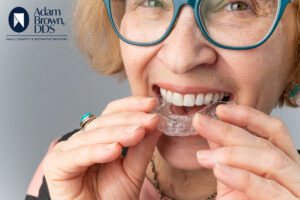
Your Smile, Your Future
Invisalign is a powerful tool for adults who want straighter teeth, better oral health, and a boost in self-confidence. Under the expert care of Dr. Adam Brown, you can take the first step toward a more radiant smile—without compromising your lifestyle or comfort.
Let’s Talk About Your Smile
Ready to explore what Invisalign can do for you? Schedule a consultation with Dr. Adam Brown and take the next step toward a healthier, more confident you—at any age.


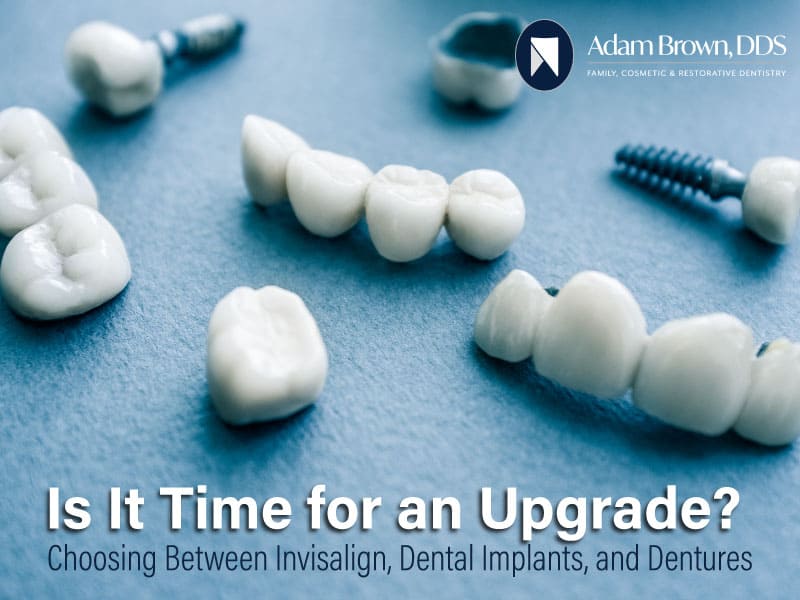
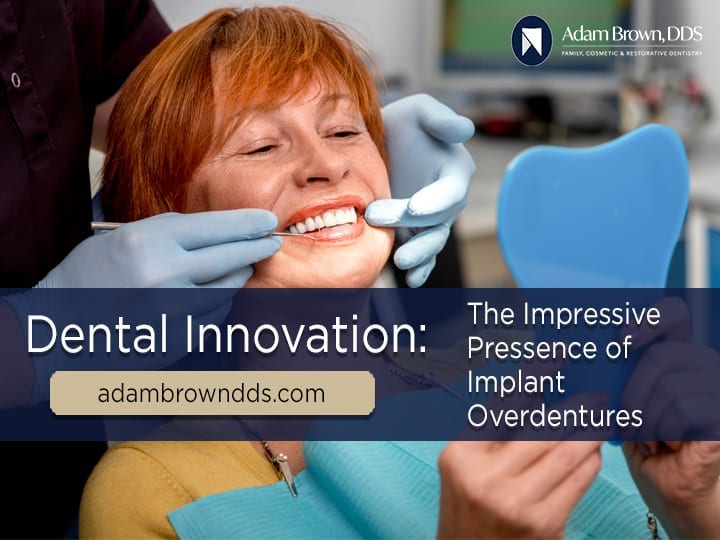
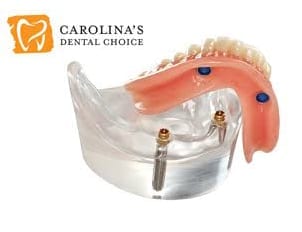
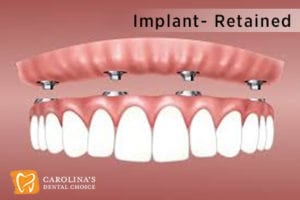
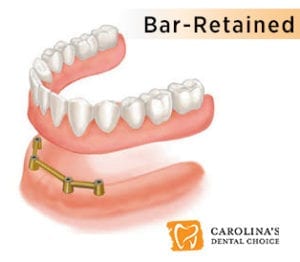
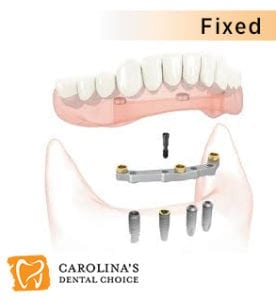
 Step 2) The implant is uncovered and the dentist attaches an extension, called a post, to the implant. The gum tissue is allowed to heal around the post. Some implants require a second surgical procedure in which a post is attached to connect the replacement teeth. With other implants, the implant and post are a single unit placed in the mouth during the initial surgery. Once healed, the implant and post can serve as the foundation for the new tooth.
Step 2) The implant is uncovered and the dentist attaches an extension, called a post, to the implant. The gum tissue is allowed to heal around the post. Some implants require a second surgical procedure in which a post is attached to connect the replacement teeth. With other implants, the implant and post are a single unit placed in the mouth during the initial surgery. Once healed, the implant and post can serve as the foundation for the new tooth.